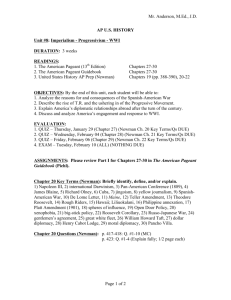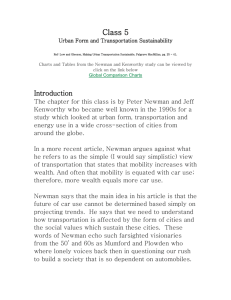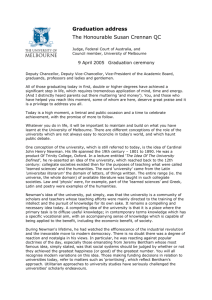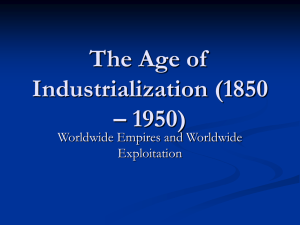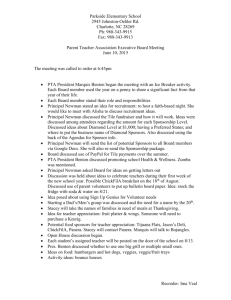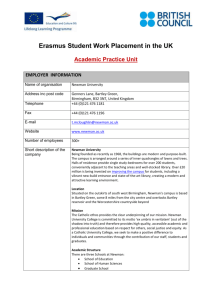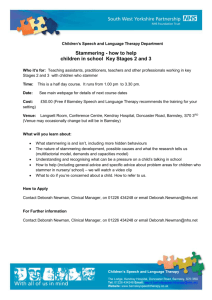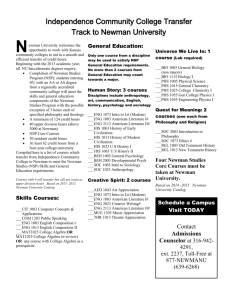How to Read - The Critical Thinking Community
advertisement
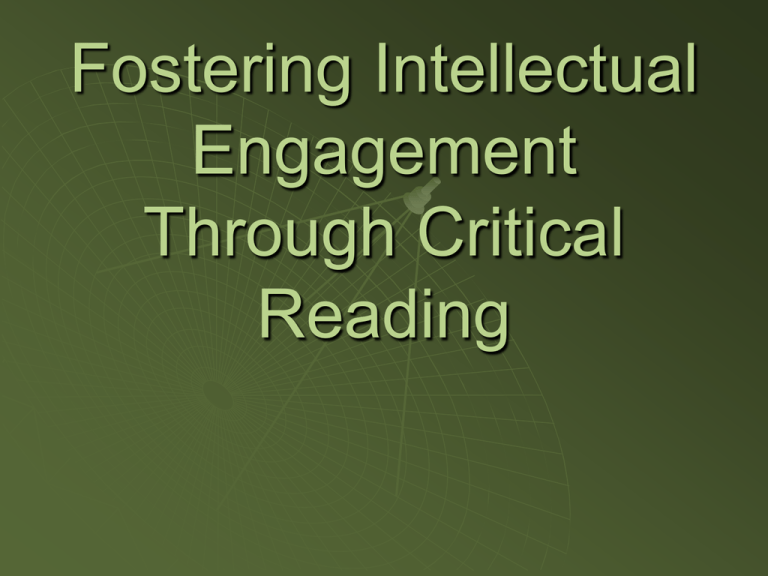
Fostering Intellectual Engagement Through Critical Reading ENOCH – pull in some introductory comments from the READ Guide. The other intro was the same as your high school intro and not really relevant to this session in terms of an intro…so I deleted these slides Also, pull the wording verbatum. Don’t try to modify. Watch redundencies as you are tending to repeat yourself in different places, making the organization somewhat scattered. I pulled forward some of the intro material and moved on from there. To read for understanding, students must learn to actively engage in a silent dialogue with the author. Students must see the connection between close reading and disciplined thinking. We want students to see that they cannot become educated persons without developing and routinely using their ability to read for deep understanding. To read for understanding, students must learn to actively engage in a silent dialogue with the author of a written piece. (see this is redundant). This is on slide number 3) say rather: To read for understanding, students must learn to ► Read ► Read ► Read ► Read ► Read deeply for insights to understand the logic of the text to identify complexities to understand interrelationships We want students to learn the important connection between close reading/writing and becoming an educated person. Every slide should flow together with every other slide, as in written text. This slide doesn’t seem to fit with the last one. Above all, close reading requires intellectual work. Say rather: We want students to learn that close reading requires intellectual work. The purpose of the session to better understand close reading in order to foster it in students. Part I = Theory Part II = Practice Part I Theory of Close Reading: Reading with intellectual discipline Activity to How to Read a Paragraph ► Groups of 3 (A, B, and C) ► Study in order to teach. ► Person ‘A’ studies pp 1-2. ► ‘B’ studies pp 2-4. ► ‘C’ studies pp 4-6. ► 7 minutes to study. ► 3 minutes for each person to teach. ► Guide ► When finished, debrief by discussing main points. If you can’t teach it, you don’t know it. Activity ► Read to Teach ► ‘A’ studies pp. 7-8 ► ‘B’ studies pp. 9 (“The Work of Reading”) and 12-13. (end w/ section “How to Read a Paragraph”) ► ‘C’ studies pp. 13-15 (begin w/ section “How to Read a Textbook” and end with “How to Read a Newspaper”) ► 7 minutes to study ► 3 minutes for each person to teach Activity ► Same triads ► Silently read p. 9 section “Five Levels of Close Reading” ► Take turns reading pp. 10-11 ‘A’ reads first level ‘B’ reads second level, etc. Activity ► Same triads ► Read pp. 17-19 ► ‘A’ reads Reading to Learn ► ‘B’ reads Reading to Understand Systems of Thought reads Reading within Disciplines ► 3 minutes to read ► 2 minutes to teach ► When finished, discuss relevance to class. ► ‘C’ Part II: Practice Five levels of reading Remove all this on writing, as this session is on reading. Disciplined writing requires disciplined thinking, and disciplined thinking is enhanced by disciplined writing. Level 1 Paraphrasing Work in pairs. Read pp. 13-14 aloud in the How to Write Guide When finished, take turns reading the quotes and paraphrases on pages 15-16 Quote “The propagandist’s purpose is make one set of people forget that certain other sets of people are human.” Aldous Huxley Model Paraphrase The goal of propaganda is to convince people that other groups of people are inhuman, and therefore not worthy of respect and just treatment. Paraphrase “Politics isn’t who you vote for, it’s how you live your life.” Emerson Activity: Paraphrasing Work in pairs Read and complete the directions on pp. 17-18 (How to Write Guide) Exercise 1: Choose 1 out of the 4 quotes. Exercise 2: Choose 2 out of the 24 quotes. Focus on the standards of clarity and precision. Two Texts ► The Idea of Education (John Henry ► The Art of Loving (Eric Fromm) p. 36 Newman) p. 50 Level 2 S.E.E.I. ► Work in pairs 50, How to Read Guide ► Silently read excerpt on p. 50 ► In writing, state, elaborate, exemplify, illustrate main thesis of text. (p. 10 in Reading Guide) ► Compare your SEEI with your partner’s ► Explicate the standards you focused on in your evaluation of your writing and the text. ► Page Level 3 Logic Of… ►How ►Page to Read a Paragraph guide 36 “The Art of Loving” by Eric Fromm ►Using the template on page 54, complete the “logic of” the article. Level 4 Evaluation ► Work in pairs ► Switch papers. Evaluate the quality of the “logic of” you created focusing on any relevant standards. ► Evaluate Fromm’s passage focusing on the standard of clarity. Level 5 Role Play Essence: Speak as the author without adding to or subtracting from the author’s point of view, claims, or argument. Role Play (1) ► Partners A and B ► A will speak as Newman Think within Newman’s logic. Discuss what “you” are saying in this article. ►B will question A based on his/her knowledge of the reading using the Elements of Reasoning Hold “Newman” responsible for his statements. Don’t let the speaker distort Newman’s point of view. Role Play (2) ► New partners A and B ►B will speak as Newman answering the question: How would you (Newman) differentiate between the concepts of education, indoctrination, and socialization? ►A will question B for accuracy and clarity using his/her knowledge of Newman’s argument. One cannot justifiably critique or agree with a text unless s/he knows the logic of the text. ► How its organized. ► Its point of view or frame of reference. ► Its claims, questions, purposes. ► Its information. ► Its concepts. ► Its assumptions. ► Its inferences. ► The implications of the reasoning. One cannot claim to understand an author’s point of view until s/he can speak as the author without distorting it. This develops intellectual empathy. For every problem under the sun There is a solution or there is none. If there be one, seek till you find it If there be none, then never mind it. To me this means… ► In other words… ► To exemplify… ► To illustrate… ► Intellectual Perseverance ► Critical thinking requires intellectual work. ► Only through critical thought can students “take possession” of content & make it theirs. ► Only to the extent that a student asks genuine questions & seeks answers to them, is a student taking content seriously and thinking it through. Enoch’s Strategy List ► SEEI ► Deck of Cards ► Role Play ► Peer Teach ► Structural Reading ► Critical Reading ► Peer Assessments ► Socratic Dialogue ► Domain Diagram ► Question Tree ► Bull’s Eye Diagram ► Write Encyclopedia Entry ► CT Journal ► CT Notes ► List Weaknesses Top 10 Logic of a Field ► Page 56-57 is an example applied to an academic field. ► Complete the logic of one of your subjects.
